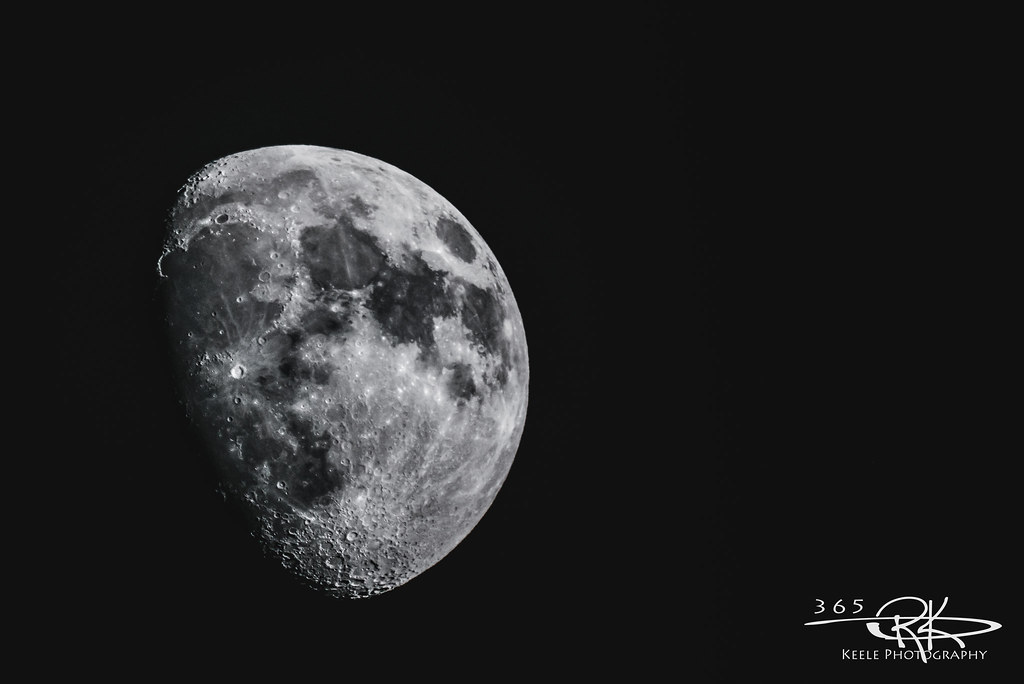By Richard Keele
My hope is that this information will be informative and help you take the best image possible of the moon.
A few things to consider
Vibration: When taking any picture through a telescope there is going to be vibration that occurs, whether it’s from the mirror in your camera flipping open for the exposure or the Tripod not being on stable ground, there is always vibration. The best thing we can do is to take a photo when that vibration is at it’s lowest.
For example, I would wait till the family was asleep to take pictures so their walking around the house wouldn’t move the balcony. Also I would try not to move even to scratch my nose. On level stable ground this wouldn’t be an issue, but you get the idea.
Exposure time: I know this sounds odd, but at times I would get a clearer image with my shutter speed at 1/60 instead of 1/250, even though the 2nd number is faster, the camera was still sending vibrations through the telescope that the sensor was capturing.
The best suggestion is to take a photo, zoom into the picture to see if it needs adjustment, then just take another shot.
Exposure time: 1/200
ISO: 800
F10
Taking pictures of the moon with Earth Shine
OK, when capturing earth shine, we will want a lot more light, and a longer exposure, vibration is still an issue, but much more forgiving.
Since the shutter is open longer, with a lower ISO any vibrations won’t be as noticeable. Though you will still want to take great care in eliminating any outside causes as much as possible.
I will sometimes use the Auto timer on my camera so I can remove my hand completely when the image is captured to reduce the chance of human error.
Exposure time: 15 Seconds
ISO: 200
F10

